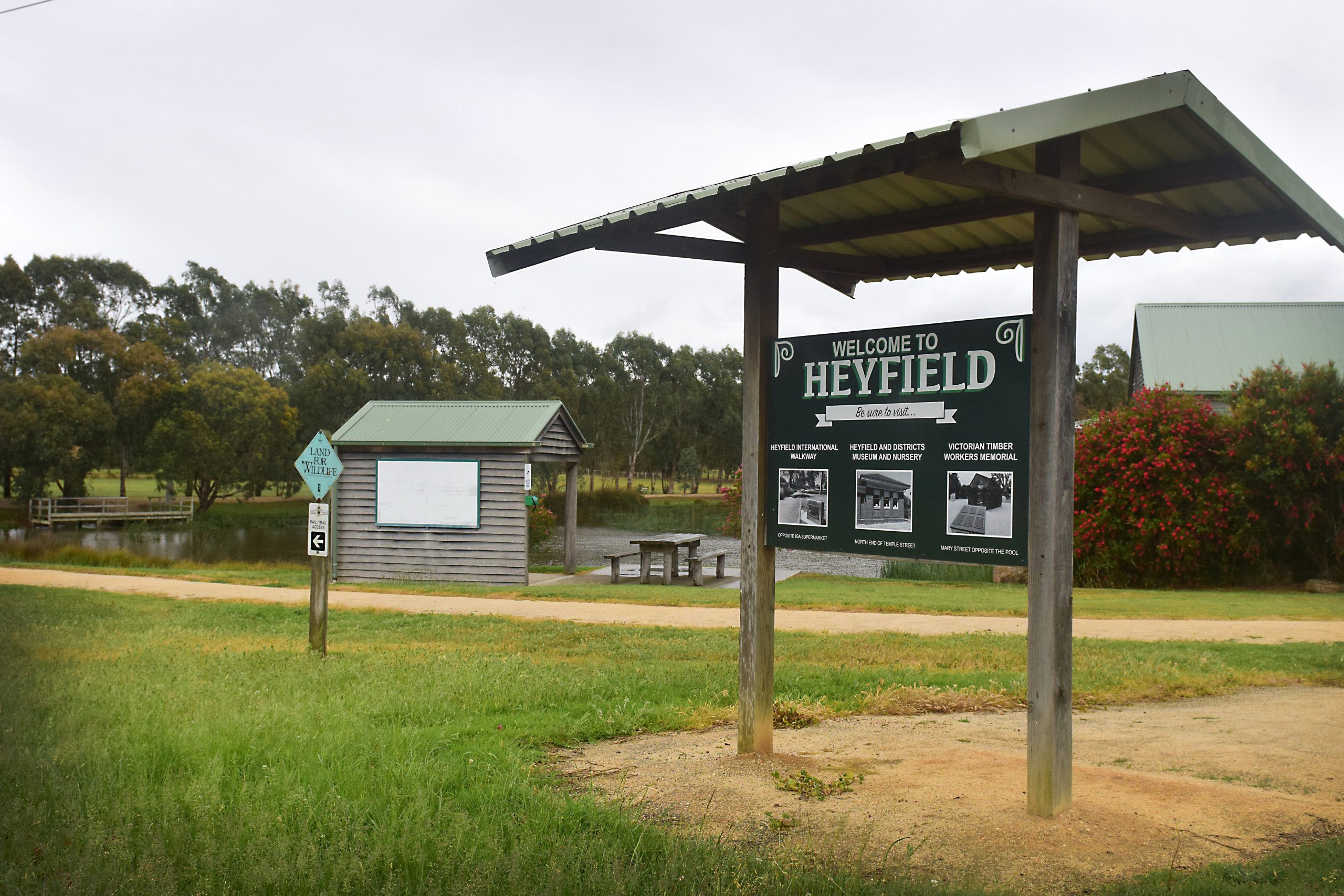Kate Withers
Despite the doom and gloom clouding the town of Heyfield timber worker Megan Para believes there is life left in the industry yet.
“I’m sure the town is not happy about it, and we’re not happy about it either but it’s more about looking at it in a positive light,” Ms Para said.
“They’re the town. They live the timber industry. They know so much about the timber industry and how it affects the town.
“It was a shock, definitely, but we are positive that we’ve still got five years to figure out what the next step is.
“You’ve got to be positive because you’ve got to find new ways to manufacture timber for Australia.”
But she described the 2024 native logging wind-down start date as “an interesting timeframe”, adding the development of plantations needed to start “10 years ago” in order to be viable by 2030.
“I don’t actually know what they’re going to do for plantations,” Ms Para said.
“In terms of the difference, it is soft wood versus hardwood and there is a difference between plantation and native hardwood.
“That is something they need to consider in terms of what plantations they will be putting in.
“Will it be, for example, a gum like a blue gum? And if so, that will take years and years to equal the strength of this type of timber.”
Ms Para also maintained that “the sustainability (of the industry) isn’t a message that gets across very often”.
“We ensure we’re remaining sustainable through chain of custody certification, so there are bodies – third party auditors – that are making sure we’re operating sustainably,” she said.
“When you’re having this discussion it should also be mentioned about other alternatives as well.
“Obviously timber is a building material, so what are we looking at for alternatives if native logging closes down?
“Are we looking at aluminium? Are we looking at concrete? What do they do for the environment? They’re not as sustainable, so it’s about having that conversation as well.
“It’s a message we’re trying to get across in the industry, but obviously it takes time.”











